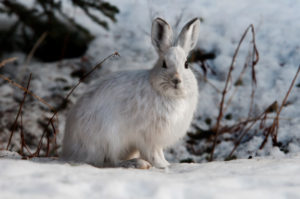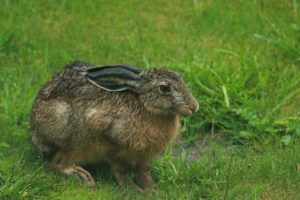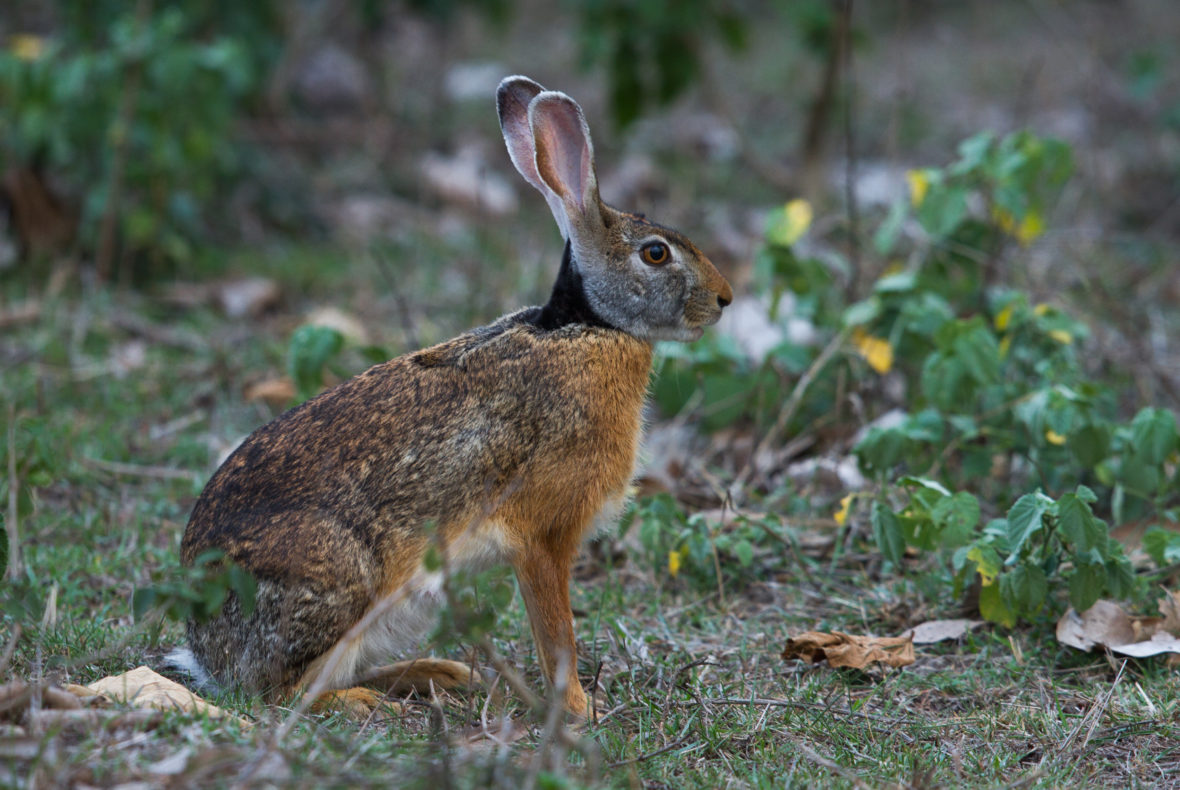Hares are small members that belong to the Leporidae family, just like rabbits. There are 32 known species of hare and they’re native to Eurasia, Africa, North America and the Japanese archipelago. Overall, they can be found on every continent except Antarctica. Take a look below for 27 more fun and interesting facts about hares.
1. Wild hares usually live between 4 and 8 years in the wild, though some have been known to live as long as 12 years.
2. Hares aren’t the same as rabbits. They have a different physical appearance, they behave differently and even live different lifestyles.
3. They are born with fur and are much larger than rabbits. Hares have taller hind legs and longer ears. Also, while rabbits burrow underground, hares make their nests above ground.
4. They can grow up to 40 to 70 centimeters, or 16 to 30 inches, in length with a tail that’s 3.9 to 11 centimeters, or 1.5 to 4.3 inches, in length. On average, they weigh between 1.4 and 5 kilograms, or 3 and 11 pounds.
5. A hares ears can reach lengths of 6.2 to 11 centimeters, or 2.4 to 4.3 inches, when measured from the notch to the tip.
6. Some hare species, such as the snowshoe hare, Lepus americanus, and the southern populations of the Arctic hare, Lepus arcticus, can change the color of their fur with the season. In the winter, they’ll have white fur so they can blend in with the snow, while during sprint, their fur will be shorter with a brownish tint.

7. They’re very solitary animals, which is completely opposite of rabbits, who are social.
8. They’re nocturnal, which means that they’re most active at night while they sleep during the day.
9. Hares use shallow resting hollows in fields or long grasses, these resting hollows are called “forms.”
10. To avoid detection from predators, they will move close to the ground and lie their ears flat on their backs.
11. When running away from danger, they’re capable of reaching speeds up to 70 kilometers, or 43 miles, per hour.
12. Their hind legs are very powerful and can proper them on leaps of more than 3 meters, or 10 feet.
13. Their upper lips are split and underneath them are a pair of long, front incisors that never stop growing. They constantly grind their teeth down by gnawing and chewing on anything they find.
14. They’re herbivores, which means that their diet is plant based. Their diet consists of grass, fruits, vegetables, seeds, nuts and some fungi.
15. A male hare is called a “jack.” A female hare is called a “jill.” A young hare offspring is called a “leveret.” A group of hares is called a “drove.”

16. They have an amazing sense of smell, hearing and vision. They can see 360 degrees at once, which makes it a lot easier to detect approaching predators.
17. Hares change their behavior in spring. While they’re normally very secluded, in spring, they can be seen chasing one another around meadows. The chasing seems to be a competition between male hares for dominance.
18. During spring time, hares can be seen boxing. Boxing isn’t a competition between males, rather it’s a female hare hitting a male hare to either show that’s she not ready to mate or as a test of his determination.
19. Female hares remain pregnant for about 42 days. They will give birth to about 1 to 8 leverets at a time. Female hares are able to bear 3 litters per year.
20. Female hares nest in a depression on the surface of the ground, rather than in a burrow. Hare offspring are active as soon as they’re born.
21. They’re born fully furred and with eyes wide open. This means that they’re able to fend for themselves right after birth.
22. Hares are prey for large birds of prey, such as eagles, foxes, coyotes, wolves, lynx, wild dogs, weasels and humans.
23. In Europe, hares have been a symbol of sex and fertility since Ancient Greece. The Greeks associated the hare with the gods Dionysus, Aphrodite and Artemis.

24. In European tradition, the hare is also a symbol of timidity and swiftness.
25. In African folk tales, the hare is a trickster. Some of these stories were retold among African slaves in America and are the basis of the Br’er Rabbit stories.
26. In English folklore, the saying “as mad as a March hare” appears often. In addition, there’s a legend of a White Hare that’s actually a witch who goes out looking for prey at night.
27. As opposed to rabbits, who have been raised for food and kept as pets, hares have not been domesticated.




